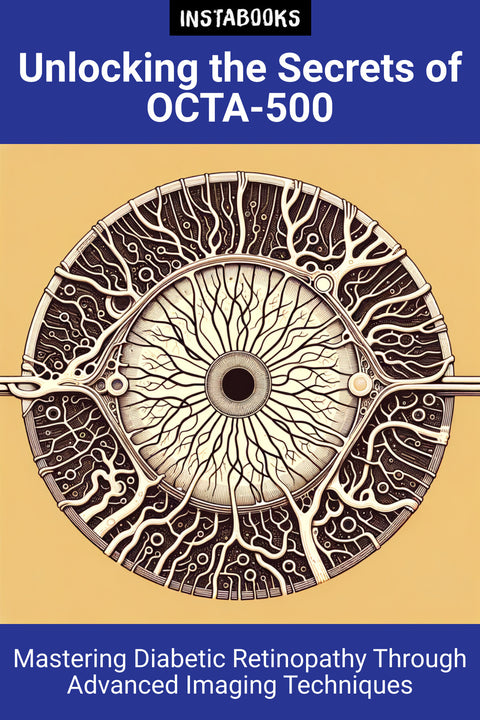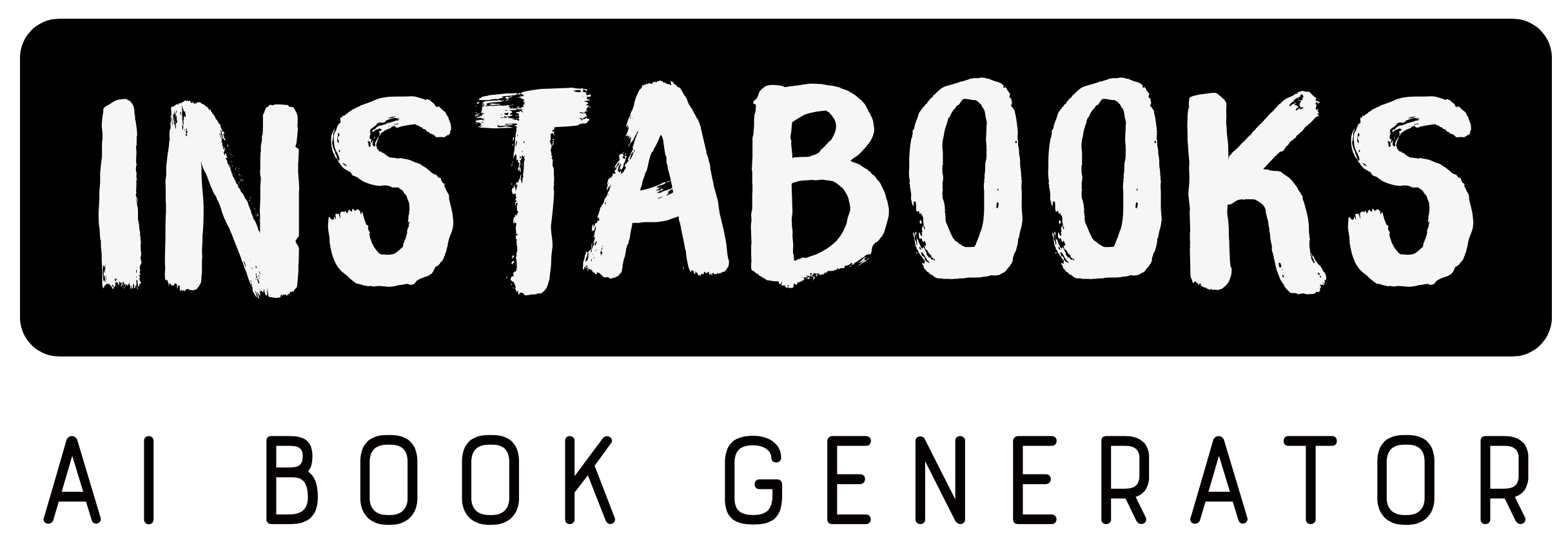
Unlocking the Secrets of OCTA-500
Mastering Diabetic Retinopathy Through Advanced Imaging Techniques
Included:
✓ 200+ Page AI-Generated Book
✓ ePub eBook File — read on Kindle & Apple Books
✓ PDF Print File (Easy Printing)
✓ Word DOCX File (Easy Editing)
✓ Hi-Res Print-Ready Book Cover (No Logo Watermark)
✓ Full Commercial Use Rights — keep 100% of royalties
✓ Publish under your own Author Name
✓ Sell on Amazon KDP, IngramSpark, Lulu, Blurb & Gumroad to millions of readers worldwide
Introducing the World of OCTA-500 and Its Role in Diabetic Retinopathy
Welcome to a comprehensive exploration of the OCTA-500 dataset, an invaluable resource for understanding diabetic retinopathy through optical coherence tomography angiography (OCTA). This book delves deep into the imaging modalities, retinal microvasculature analysis, and the cutting-edge segmentation techniques that form the backbone of modern diabetic retinopathy research.
Delve Into Advanced Imaging Modalities
The OCTA-500 dataset redefines how retinal vascular structures are visualized, offering unmatched resolution and intricate detail. Readers will discover the technology that makes it possible to diagnose critical changes in diabetic retinopathy (DR), providing a pivotal tool in the quest to enhance screening and diagnostic procedures.
The Intricacies of Retinal Microvasculature Analysis
With detailed segmentation labels for various retinal components, such as large vessels and the foveal avascular zone, this book offers a thorough overview of tools and techniques used in analyzing retinal microvasculature. The rich data annotations allow for a profound understanding of the dynamics at play in DR, fostering advancements in early detection and treatment.
Revolutionize Your Understanding with Artificial Intelligence
Embrace the world of deep learning as it converges with OCTA technology. This book captures the essence of applying AI models to enhance segmentation accuracy, featuring successful case studies employing unique neural network architectures. The discussion extends to transfer learning and its substantial impact on classification capabilities, proving indispensable for both researchers and clinicians.
Practical Applications and Strategies
Designed to be a key resource in automated identification, the book covers practical applications, strategies, and future directions for implementing automated identification techniques. With the OCTA-500 dataset as a cornerstone, explore effective methodologies that propel DR research to the next level, addressing both clinical and theoretical challenges.
A Comprehensive Resource for Clinicians and Researchers
Whether you are a seasoned professional or a newcomer to retinal research, this book offers valuable insights and practical tools tailored to advancing your knowledge in diabetic retinopathy. As you journey through its pages, become equipped with the skills and understanding necessary to transform DR screening and management.
Table of Contents
1. Understanding the OCTA-500 Dataset- Introduction to OCTA Imaging
- Structure and Annotation Details
- Significance in Diabetic Retinopathy
2. Imaging Modalities and Techniques
- Micron-Level Resolution in OCTA
- Three-Dimensional Visualization
- Capturing Retinal Changes
3. Deep Learning in OCTA Analysis
- U-Net-Based Model Applications
- AI Enhancements in Retinal Imaging
- Challenges and Solutions
4. Retinal Microvasculature Insights
- Analyzing Large Vessels and Capillaries
- Exploring Foveal Avascular Zones
- Segmenting Retinal Layers
5. Transfer Learning and OCTA Classification
- Retraining CNNs for OCTA
- Performance in DR Detection
- Case Studies and Results
6. Segmentation Techniques Uncovered
- Innovative Algorithms and Models
- Accuracy and Efficiency Enhancements
- Comparative Analysis of Techniques
7. Clinical Applications and Benefits
- Integrating OCTA in DR Clinics
- Reducing Manual Grading Needs
- Improving Screening Efficiency
8. Automated Identification Techniques
- Developing AI-Driven Solutions
- Evaluating Systematic Approaches
- Practical Implementations
9. Future Directions in OCTA-500
- Advancements in Imaging Technology
- Potential Research Areas
- Collaborative Efforts Globally
10. Theoretical and Practical Challenges
- Addressing Data Limitations
- Ethical Concerns in AI
- Ensuring Data Quality
11. Case Studies in DR Management
- Successful Screening Methods
- Lessons from Leading Clinics
- Impact on Patient Outcomes
12. Conclusion and Next Steps
- Synthesizing Key Insights
- Long-Term Implications
- Pathways for Continued Exploration
Target Audience
This book is aimed at researchers, clinicians, and medical professionals interested in advancing their understanding of diabetic retinopathy through OCTA technology.
Key Takeaways
- Gain in-depth knowledge of the OCTA-500 dataset's structure and annotations.
- Explore advanced imaging techniques for retinal visualization.
- Learn about applying deep learning in retinal microvasculature analysis.
- Understand practical applications and strategies for diabetic retinopathy screening.
- Discover the clinical implications and future research directions of OCTA data.
